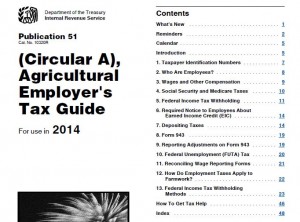The Northeast Dairy Business Innovation Center (NE DBIC) is investigating workforce issues with the dairy industry.
The Workforce Survey for Northeast Dairy Industry Employers seeks to identify workforce challenges facing employers across the Northeast’s dairy industry. Survey findings will be used to inform the design, and plan for the launch of, a pilot workforce program that will be developed in collaboration with regional dairy employers and stakeholders. The Northeast Dairy Business Innovation Center retained KK&P, a food systems consultancy, to lead this research and workforce program design process.
This survey is intended for dairy industry employers and managers only, across the dairy supply chain (including farmers, processors, haulers, and distributors). The survey takes about 10 minutes to complete and can be accessed here: https://forms.gle/zCzPUZBUK8ohLa1f6
If you have any questions or comments, please reach out to Brian De Corte at Brian@kkandp.com. Visit the NE Dairy Business Innovation Center website


